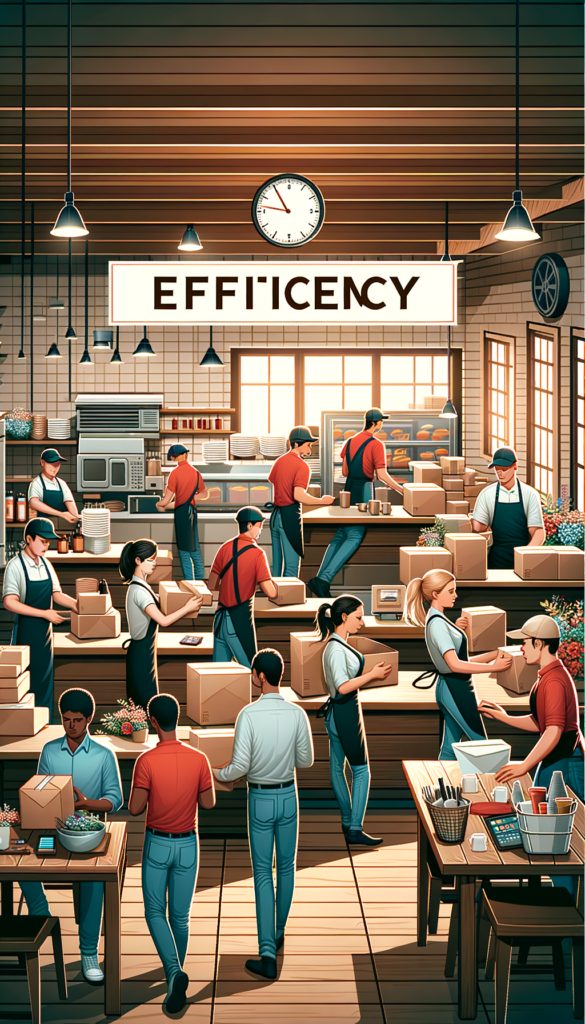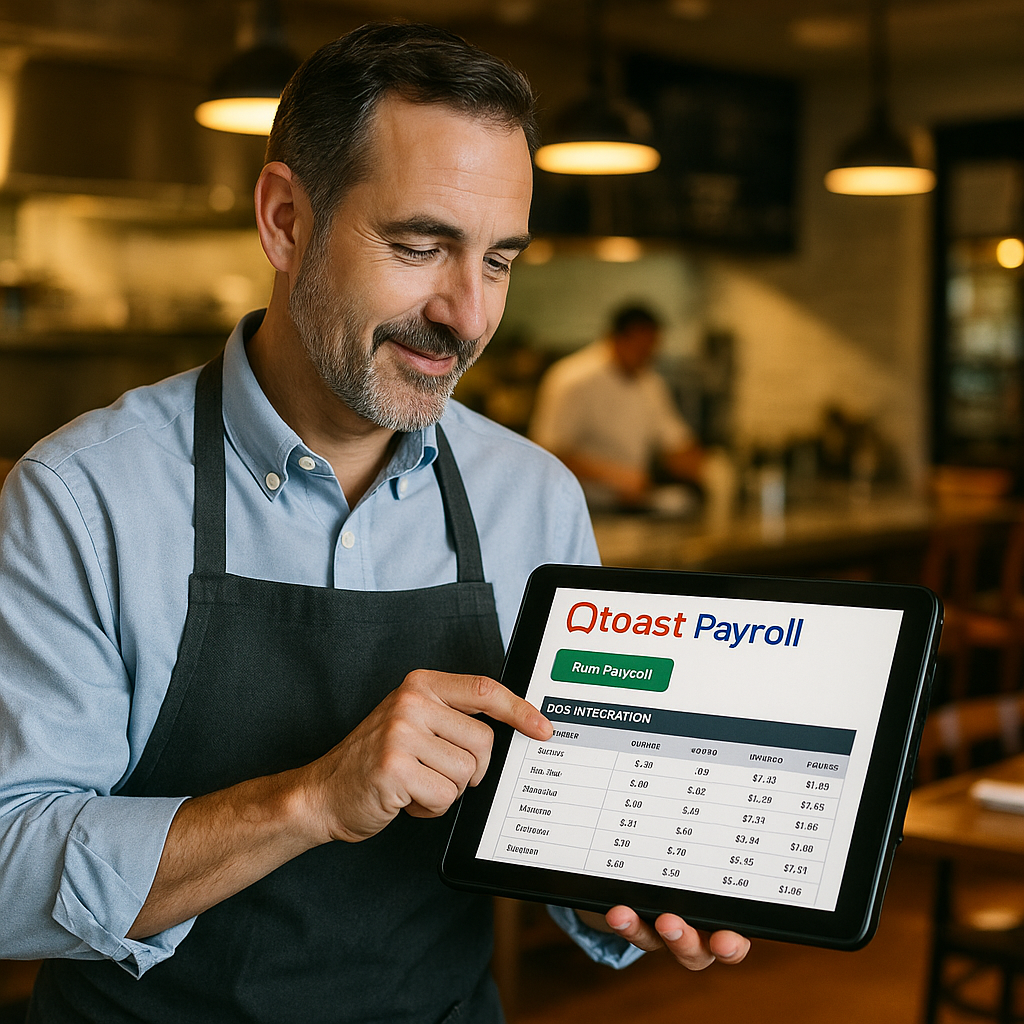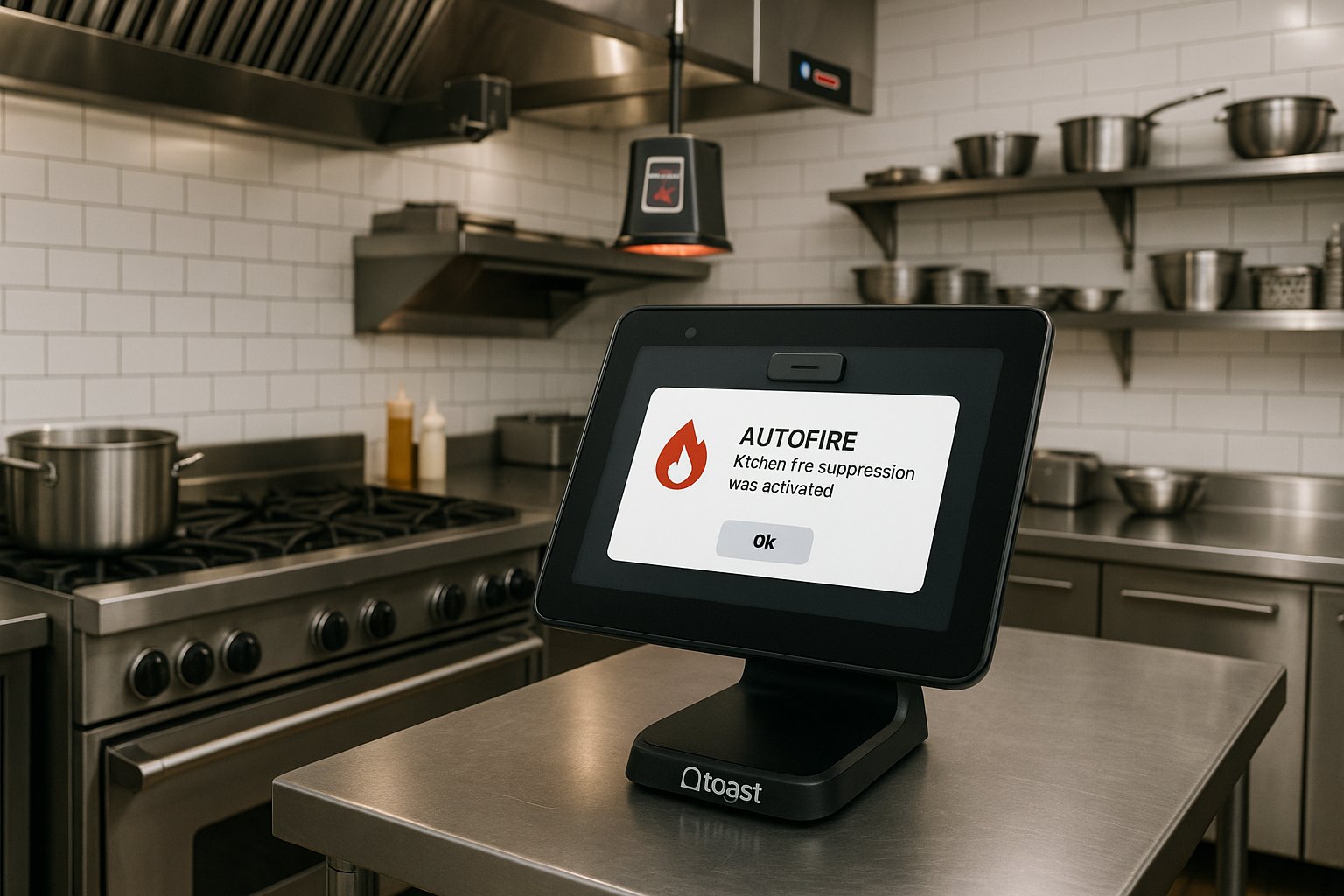Understanding SmartQuote: The AI Tool for Accurate Quotes
Introduction
In the fast-paced world of restaurant operations, efficiency is key, especially when it comes to managing takeout and delivery orders. Toast’s SmartQuote tool leverages artificial intelligence to streamline the process of predicting quote times for these orders, reducing uncertainty and enhancing customer satisfaction. By utilizing advanced algorithms, SmartQuote analyzes various data points to deliver accurate time estimates, enabling restaurants to operate more smoothly and maintain a competitive edge.
SmartQuote is designed to take the guesswork out of quote times, using AI to analyze historical order data, recent prep times, and kitchen performance. This AI-driven approach allows restaurants to respond quickly to order demands and set realistic expectations for customers. The seamless integration of SmartQuote into existing systems further enhances its utility, making it an essential tool for restaurants aiming to improve their service delivery.
The result is a system that not only benefits restaurant managers and staff but also customers who seek timely and reliable service. As restaurants continue to adapt to the evolving demands of takeout and delivery, tools like SmartQuote will become increasingly vital in meeting customer expectations.
Factors Influencing Quote Time Predictions in SmartQuote
The accuracy of SmartQuote’s predictions hinges on various factors, making it essential for restaurant operators to understand the underlying mechanics of this AI tool. SmartQuote examines historical order data, which includes past customer orders, preparation times, and also considers kitchen performance metrics. These data points help the AI model identify patterns and establish benchmarks for predicting future quote times.
In addition to historical data, the SmartQuote tool also incorporates real-time inputs such as the current state of the kitchen. Factors like staff availability, equipment efficiency, and ingredient readiness can significantly influence prep times. By analyzing both historical data and real-time conditions, SmartQuote provides a comprehensive overview that informs more accurate time estimates for takeout and delivery orders.
However, it is crucial for restaurant operators to continually monitor and evaluate these inputs to ensure SmartQuote remains effective. Changes in staffing, menu offerings, or customer behavior can all affect the data quality and, consequently, the accuracy of the predictions made by the AI tool.
The Importance of Data Quality for SmartQuote Predictions
Data quality is a crucial element in ensuring the accuracy of SmartQuote’s predictions. The AI model relies heavily on the data fed into it—historical order data, kitchen performance, and prep times—making the quality and quantity of this data paramount. If the data is insufficient or skewed, it can lead to inaccurate predictions, which can adversely affect customer satisfaction and operational efficiency.
Restaurants must prioritize gathering high-quality data to enhance SmartQuote’s predictive capabilities. This involves maintaining meticulous records of orders, staff performance, and kitchen operations. By investing in robust data collection practices, restaurant operators can ensure that SmartQuote is trained on a comprehensive dataset, leading to more reliable time estimates for takeout and delivery.
Moreover, restaurants should regularly review and clean their data to eliminate any biases or inaccuracies. This ongoing process not only improves the performance of SmartQuote but also empowers managers to make informed decisions, ultimately leading to a more efficient operation and better customer experiences.
Limitations of AI: Interpreting SmartQuote’s Forecasts
While SmartQuote offers significant advantages through AI-driven predictions, it is important to recognize its limitations. The AI model’s effectiveness is directly related to the quality of the data it analyzes; hence, users must interpret the forecasts with caution. Insufficient or biased data can lead to misleading predictions, which highlights the need for constant monitoring and adjustment of the input data.
Furthermore, external factors such as changes in customer demand, unforeseen kitchen delays, or supply chain disruptions can impact the accuracy of SmartQuote’s predictions. Restaurant operators should remain vigilant and be prepared to adapt to these variables, as relying solely on AI-generated estimates without considering situational changes can lead to operational challenges.
In conclusion, while SmartQuote is a powerful tool that enhances the order management process, it should be regarded as a supplement to the restaurant’s operational expertise rather than a replacement. A balanced approach that combines AI insights with human oversight will maximize efficiency and ensure customer satisfaction in the evolving landscape of takeout and delivery services.
Conclusion
As the restaurant industry continues to evolve, Toast’s SmartQuote tool offers invaluable support in managing quote times for takeout and delivery. By understanding the intricacies of how this AI tool operates and the importance of data quality, restaurant operators can harness its full potential while remaining mindful of its limitations. Proper implementation can lead to improved service delivery, satisfied customers, and ultimately, a more successful restaurant operation.


